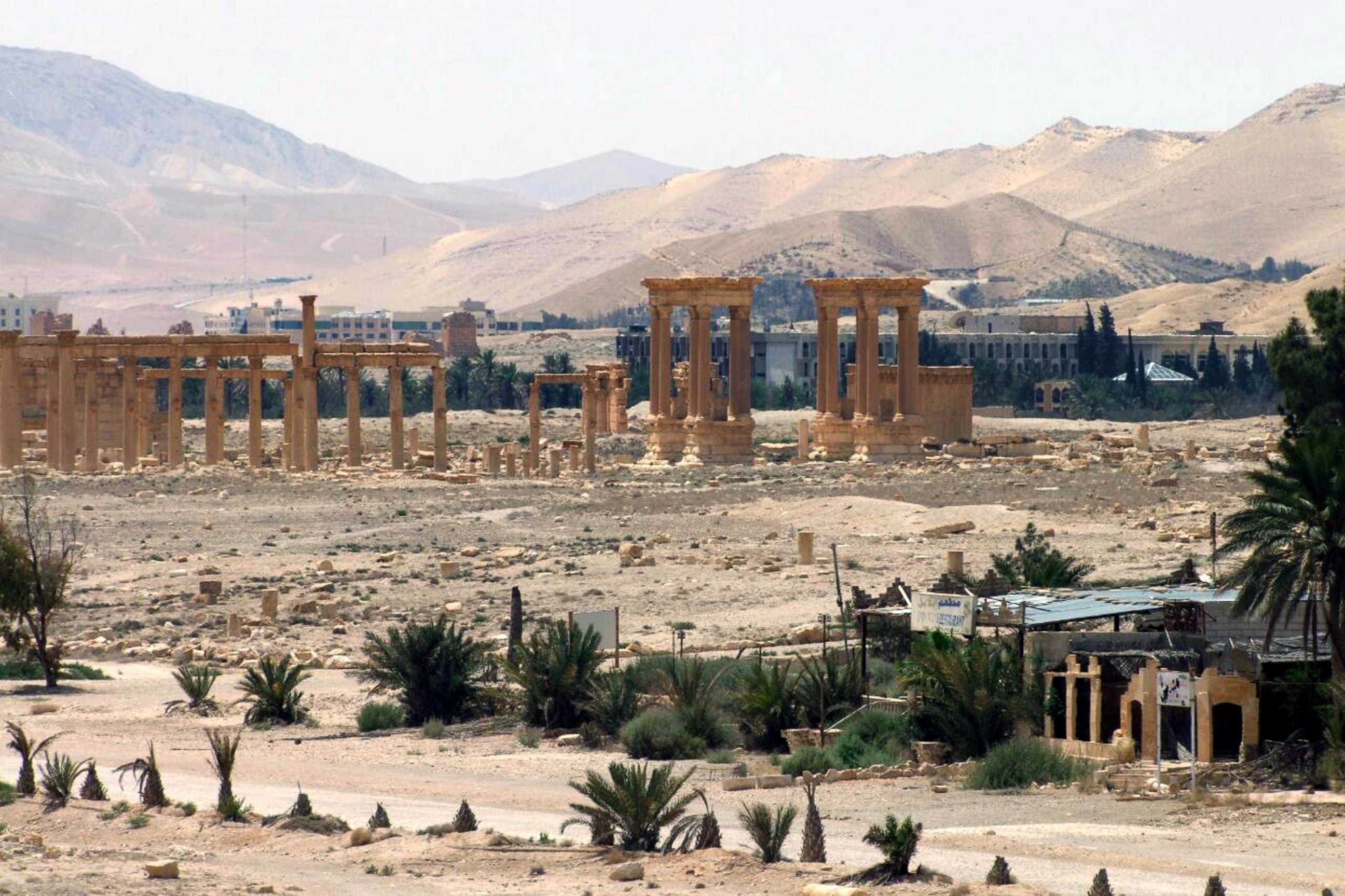ISIS Levels 2,000-Year-Old Syrian Temple in Seconds
ISIS continues its "systematic destruction of cultural symbols" in Syria.
— -- The ISIS occupation of the ancient Syrian city of Palmyra has taken its newest tragic turn, the same week after militants brutally executed a renowned Syrian scholar deemed a “protector” of the ruins.
The so-called Islamic State has destroyed one of the city's most well-known ruins, the Temple of Baalshamin, believed to be nearly 2,000 years old, according to the Syrian Directorate-General of Antiquities and Museums.
ISIS detonated "a large quantity of explosives" at the site Sunday, also damaging nearby columns, the group said in an online statement.
WATCH UNESCO VIDEO EXPLAINING THE IMPORTANCE OF PALMYRA HERE
Director General of UNESCO Irina Bokova called the reports of the temple's demolishing a "new war crime and an immense loss for the Syrian people and for humanity."
"The systematic destruction of cultural symbols embodying Syrian cultural diversity reveals the true intent of such attacks, which is to deprive the Syrian people of its knowledge, its identity and history," Bokova said in a news release today.
The UNESCO World Heritage site has been under ISIS control since mid-May, drawing outcries from the international and academic communities over fears that the ruins and antiquities would be looted and sold by the group or destroyed for propaganda purposes.

Since then, ISIS is reported to have destroyed a pair of Palmyran tombs, and has released videos showing its members destroying statues said to be pulled from the ruins.
In videos posted by the group showing montages of destruction of artifacts and historical sites, the group says the preservation of ancient ruins constitutes a form of idolatry, a sin punishable by death, according to the group’s theology.
In a video posted online in early July, a group of children publicly executed more than two dozen Syrian soldiers in a Palmyran amphitheater.

The destruction of Baalshamin comes the same week that militants publicly executed Khaled al-Asaad, an 81-year-old Syrian scholar who was Palmyra's director of antiquities dating back to 1963.
Friends of al-Asaad's told ABC News that his family members suspect he was killed after refusing to divulge the locations of some of Palmyra's hidden treasures. After killing him, the militants reportedly hanged his corpse from columns inside the city's ruins.




